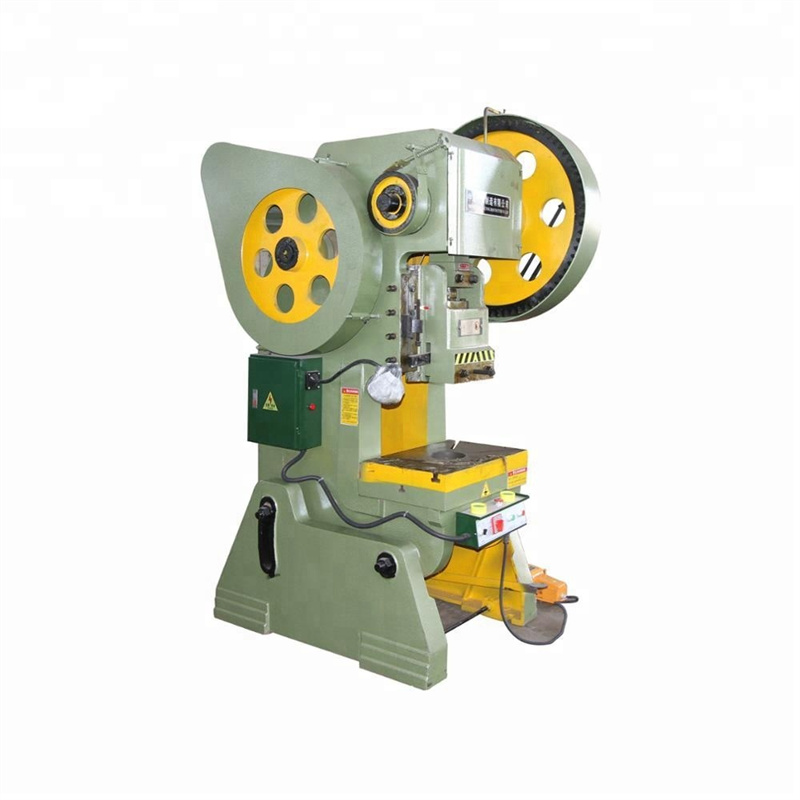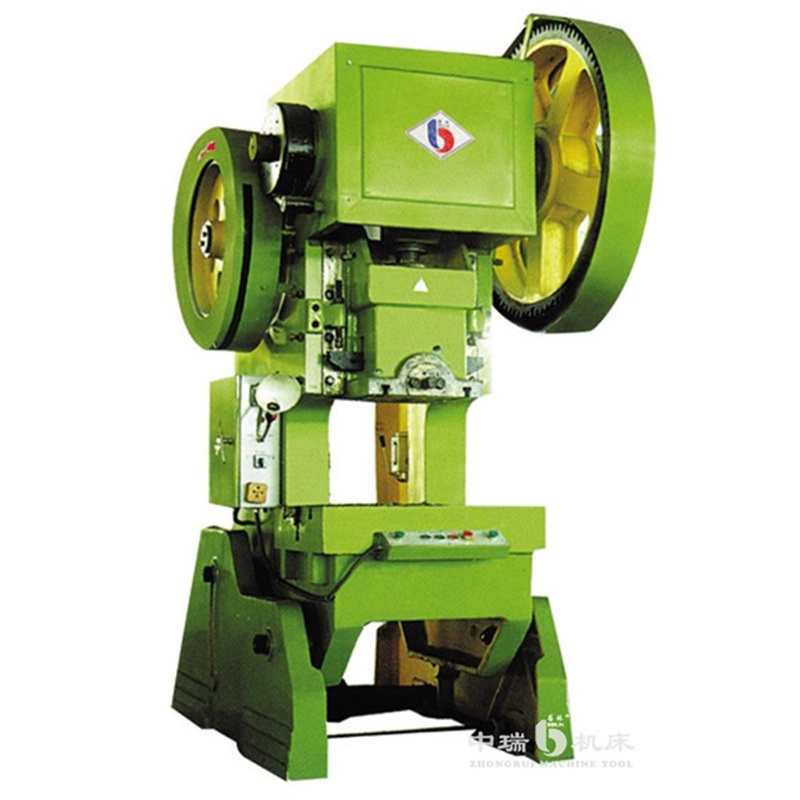What is CNC Punching?
CNC Punching stands for Computer Numerically Controlled punching. It is a typical sheet metal in the manufacturing process. A CNC sheet metal punch can easily stamp shapes into metal pieces.
CNC punch presses are electromechanical devices that move tools and generate patterns from a software file using computer programming inputs. These machines are available with a single head and tool rail or a multi-tool turret.
How Does CNC Programming Work?
The punch press’s programming is based on a few key factors.
The desired pattern is given in either a 2D DXF or a DWG file format or a 3D format in the Computer-Aided Design (CAD) file. This data is then used in the Computer-Aided Manufacturing (CAM) phase of the cycle to choose the best tooling for the job and to fabricate the flat sheet metal component.
The CNC nest will assist in choosing the best arrangement for the sheet metal size.
The sheet metal will then be moved by the CNC punching machine to precisely place it under the punching ram, allowing the required design to be punched and created. Some machines are only able to move in one or two ways, while others can move in all 3 axes.
What Can CNC Punching Create?
The materials that can be used in CNC machines are endless; everything from stainless steel, aluminum, brass, wood, plastic, and more can all be punched. The ideal range of thickness that can be machined is 0.5mm to 6mm; thus any material that falls within this range can be punched on a CNC punch press.
The hole choice is versatile, as it can be as simple as a rectangle or circle or can be a specific or particular shape to fit a certain cutout pattern.
Complex sheet metal component shapes can be created utilizing a combination of single strikes and overlapping geometries.
Some advanced machines can tap threads, fold tiny tabs, and punch sheared edges without leaving any tool witness marks, making them extremely productive within the component cycle time.
The CNC program is the set of instructions for driving the machine to construct the specified component geometry.
What Are the Advantages of CNC Punching?
Increased Productivity
Once a design has been selected and built, it may be reused time and time again, increasing productivity by getting rid of technical and time-consuming manual operations.
Accuracy and Speed
This process is also quick because of the automation and reproducibility; regardless of how complex the design is, the production time is decreased. Precision is maintained, and CNC machines are frequently used for the most complex and precise aspects of machining.
Efficiency
CNC punching machines are fast and accurate while producing less waste. When an internal quality detector, which is found in many machines, detects a defect, the machine will stop punching to prevent further waste.
Safe and Cost-Effective
Because waste is kept to a bare minimum, money is saved in the long run because no raw materials are thrown away. Furthermore, because the entire process is automated, the operator is kept safe while working in a risk-free environment.



